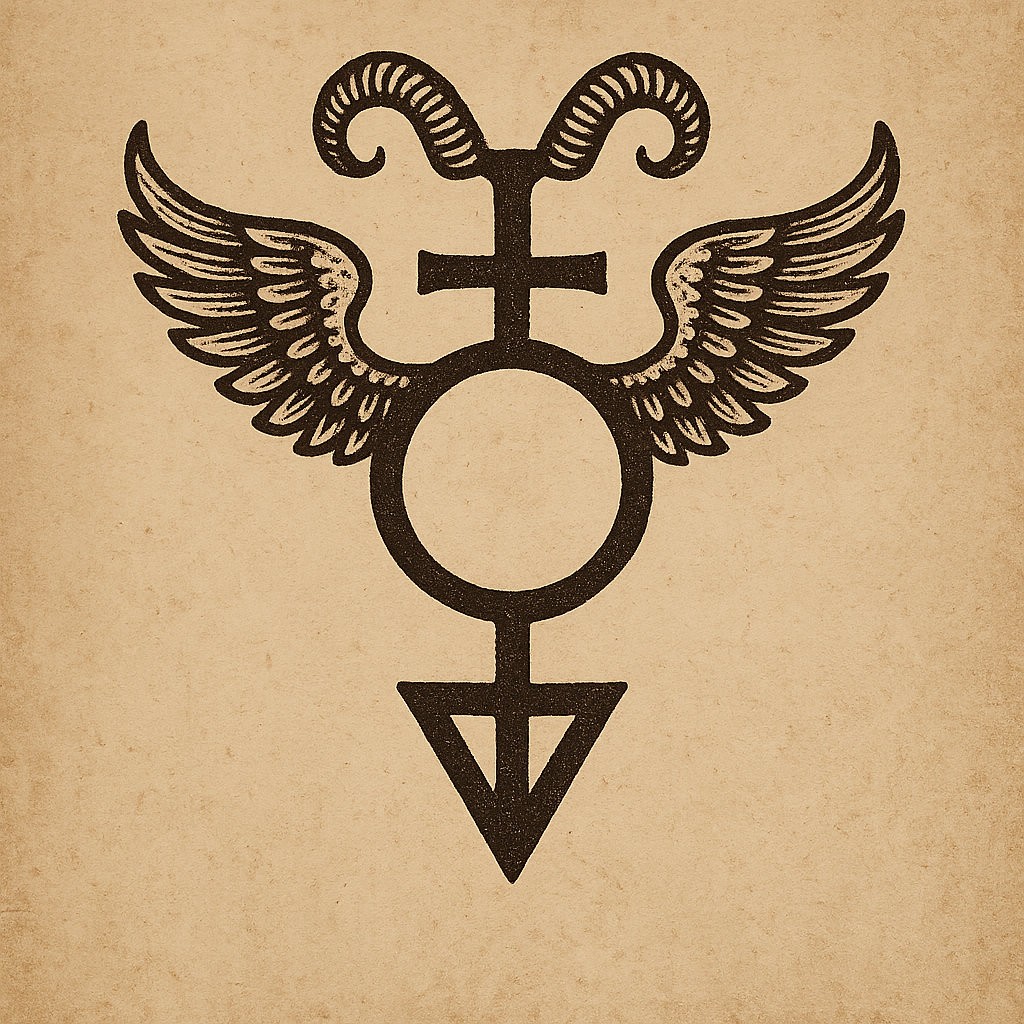Divinatory Uses

Crystals are not only vessels of healing and protection—they are also instruments of revelation. Long before the language of “energy work” entered the modern lexicon, seers gazed into polished stones and mirrors to glimpse the patterns beneath the surface of things. The practice survives today in many forms: scrying, pendulum work, intuitive reading, or the simple meditative attunement that lets a question crystallize into clarity. At its heart, divination with crystals is the art of listening—to vibration, to image, to the whisper of intuition as it reflects through matter.
The ancients understood that certain stones were oracles in themselves. The Greeks sought counsel from clear quartz spheres, believing them to be frozen divine breath. In Celtic lore, seers cast smooth pebbles into water to read the ripples of fate. The Etruscans buried obsidian mirrors with their prophets, that they might continue to see beyond the veil. In each case, the crystal served not as a fortune-telling device but as a bridge—a mediator between the questioner’s inner knowing and the larger field of consciousness.
When a witch or reader uses crystals in divination today, the principle is the same. The stone acts as a stabilizing frequency, clarifying the intuitive signal amid the noise of thought and doubt. Each mineral resonates with a distinct quality of insight. Clear quartz magnifies perception; amethyst attunes to spiritual guidance; lapis lazuli connects the intellect with intuition; black obsidian cuts through illusion to the hard truth beneath. A single stone may be held during reading, placed upon the diviner’s table to anchor focus, or set around cards, runes, or pendulums to enhance accuracy.
In pendulum work, a small crystal suspended on a chain becomes an interpreter of subtle movement. The practitioner stills the body and allows micro-muscular impulses—extensions of the intuitive field—to direct the swing. Different stones lend different tones: a clear quartz pendulum for clarity, rose quartz for emotional questions, hematite for grounding yes-or-no readings. Here again, the crystal is not answering but amplifying the diviner’s innate knowing.
In scrying, polished crystals serve as mirrors of the mind. A deep obsidian sphere or a selenite plate reflects not literal images but impression, light, and shadow. The diviner gazes softly, letting shapes and symbols rise like dreams from the unconscious. Some see visions, others feel sensations or hear internal phrases. The key is receptivity—trusting that what emerges is the language of intuition speaking through form. Dim light, candle flame, and rhythmic breath help open this threshold.
Crystals also play subtle roles in other forms of divination.
- During tarot or oracle readings, stones can be chosen to correspond with each suit or element: carnelian for wands and fire, amethyst for cups and water, fluorite for swords and air, jasper for pentacles and earth. Their presence sharpens symbolic resonance and balances the reader’s own energy.
- In runic or bone casting, crystals may serve as interpreters—placed in the center of the spread to signify the querent’s heart or to magnetize the casting field toward truth.
- For dream divination, small crystals are slipped beneath the pillow or placed on a bedside altar: moonstone for lucid dreaming, lapis for messages, lepidolite for restful openness.
Every act of divination with crystals follows the same current: question, attunement, revelation. The practitioner aligns the mind to stillness, the heart to openness, and the body to the rhythm of breath. The crystal, steady and ancient, provides a point of focus—a physical axis through which intuition may spiral into clarity. The exchange is subtle, almost musical: human consciousness vibrates in harmony with mineral intelligence until insight crystallizes into form.
Yet, as always, responsibility accompanies revelation. Crystals magnify not only truth but expectation; the diviner must approach them without hunger for outcome. True seeing arises not from control but surrender—the willingness to let the stone reflect what is, not what is desired. Afterward, the crystal should be cleansed, thanked, and allowed to rest. Divination is a dialogue, not a demand.
Examples in Practice
- A witch preparing for a difficult decision may meditate with a piece of amethyst, holding it to the brow while asking, “What am I not seeing?” Images may rise like dreams; later, tarot confirms what intuition already whispered.
- In pendulum work, a reader seeking clarity on timing uses a quartz pendulum above a drawn calendar, watching its swing hover over key dates.
- During a full moon ritual, an obsidian mirror is used to scry the coming lunar cycle; symbols of water and bird appear in reflection, later revealing meaning through synchronicity.
- A card reader arranges four crystals at the corners of her spread—earth, air, fire, and water—to balance the elemental flow of the reading, feeling how the table’s energy steadies as she lays the cards.
Divination with crystals is not prediction but participation—a shared act of revelation between human and mineral, question and cosmos. The crystal does not show the future; it reveals alignment. In its polished depths we see not destiny, but the quiet truth of where our own energy stands within the web of possibility. To read a stone is to read oneself reflected in the consciousness of the Earth.

